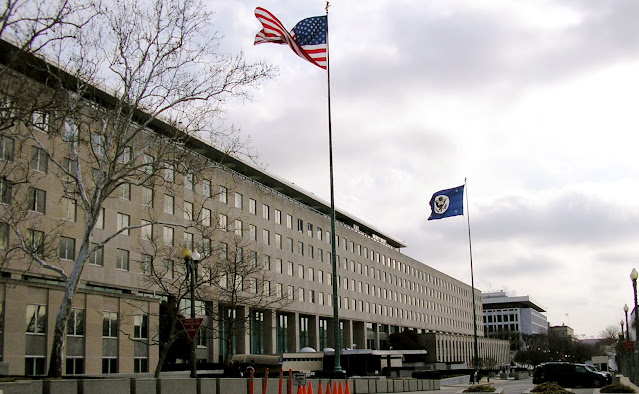
Merry Christmas and Happy Holidays to all from South Korea! Normally we would be traveling this time of year, but we stayed put because of the pandemic.

The lockdown is pretty serious in Seoul right now with rising COVID-19 cases, so we spent our time either inside or walking outside around the city in places where we could stay distant from other people. The air quality has also been up and down lately, so ironically even without the pandemic everyone here would've still been in masks.

On Christmas Eve, we walked along part of the historic fortress walls of Seoul. In preserved parts of the wall, you could see the different styles of stones laid, which improved in efficiency and durability over the centuries. We also got to see a traditional gate, rebuilt by experts and painted with beautiful motifs on the ceiling inside. It was so cool!

In that same area, we dropped by Dongdaemun, known for its markets. There were fabric shops, cafes, street vendors, and a bunch of stores of all kinds (mostly closed). There were seasonal decorations around, as Christmas is a widely celebrated holiday here for both the religious and secular. I even spotted a nativity Christmas scene.

After that, I decided we should try and find some hodugwaja (호두과자), a Korean walnut pastry my friends kept raving about but I hadn't seen yet. It's a delicious, doughy morsel filled with sweet red bean paste (don't knock it 'til you try it) and walnuts. Thankfully, the Kakao Maps app (a Korean alternative to Google Maps) came to the rescue and helped us find a dedicated hodugwaja place where I bought two lovely wrapped boxes for us and to share.

On Christmas Day, we ventured out for a long walk in the park along the Han River. We went out in the late afternoon and enjoyed stunning views of the river. I bet it's even more beautiful in the spring and autumn when the trees and flowers are in bloom. Along the walking path, we also saw multiple sets of free outdoor exercise equipment that mostly older people were using. Some of these Korean senior citizens are so fit! Two gentleman who looked well into their 70s sped past us on our walk, and we saw others jogging and biking.

We got to enjoy the sunset as we walked back, and it got dark just in time for us to take some photos with a few light displays, including the one in the first photo of this post. (I wonder how many couples have proposed there?) I'm not sure if the lights are seasonal or permanent, but I'm glad we were able to enjoy them on our walk.

It wouldn't be a true adventure without a little failure, right? That's what I'm telling myself regarding my mixup at a food truck. Thinking I saw a yakitori food truck, I dragged Marwan over. I explained to him it was definitely skewered meat and he would definitely like it. I confidently brandished my Korean skills and ordered 12 pieces, thrilled to grab a bite after our long, cold walk. When the vendor scooped 12 balls into a tray, I figured I just had my Japanese food mixed up but I was pretty sure by definition yakitori had to be chicken. So I thanked the vendor, took the food, and led Marwan happily to a bench so we could sit and eat. We each popped one in our mouths only to look at each other in dismay. Confused, I explained I had been so sure what yakitori was, and then Marwan points out it was actually a takoyaki food truck! I promised chicken skewers, and I got us octopus balls! And the sprinkling of stuff on top I thought was fried onion in the dim light was shaved fish pieces. I might give takoyaki a try some other time, but let me tell you it does not hit the spot when you're expecting chicken! We gave the whole order away to our friends, thank goodness, who are bigger fans than we are.

It wasn't all outdoor adventuring, though. Inside, we watched the Lindsey Stirling Home for the Holidays Christmas special. If you want just a small taste of the awesomeness of her program, you can check out this video where she plays violin and dances all while hanging by her hair. We also watched a wonderful Christmas movie on Netflix called Jingle Jangle: A Christmas Journey, a great celebration of Black talent and the best steampunk aesthetic I've probably ever seen in film. We also watched the Asia North Christmas devotional broadcast of the Church of Jesus Christ of Latter-day Saints, which featured music and messages from Japan, Mongolia, South Korea, and more. You can watch the whole thing here.

Christmas looked and felt different this year, but I was glad to be able to spend it in person with M, on video chat with family, and here in this new city. And if you're reading this, I hope your season is merry and bright (or at least safe and peaceful)!







































